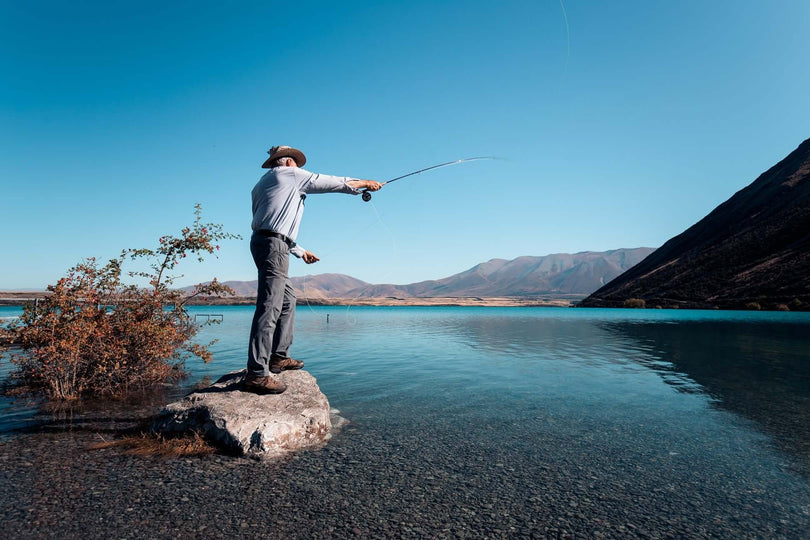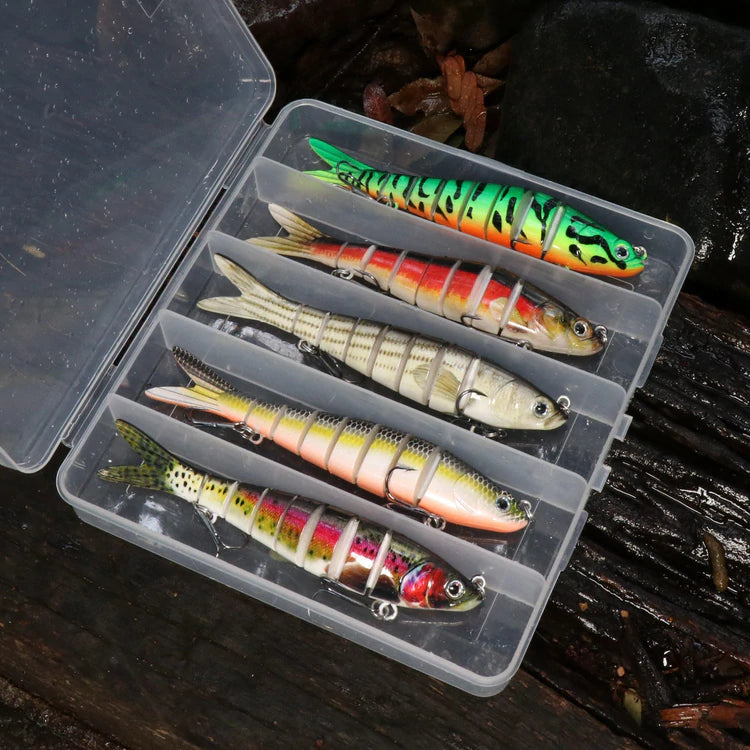Red Emperor fish, also known as "big reds," is a highly sought-after game fish known for their size and fighting abilities. These wild fish can be found in various locations in tropical waters but are particularly abundant in the Great Barrier Reef and off the coast of Western Australia. For anglers looking for a thrill, catching a Red Emperor is a must-do on their fishing bucket list.
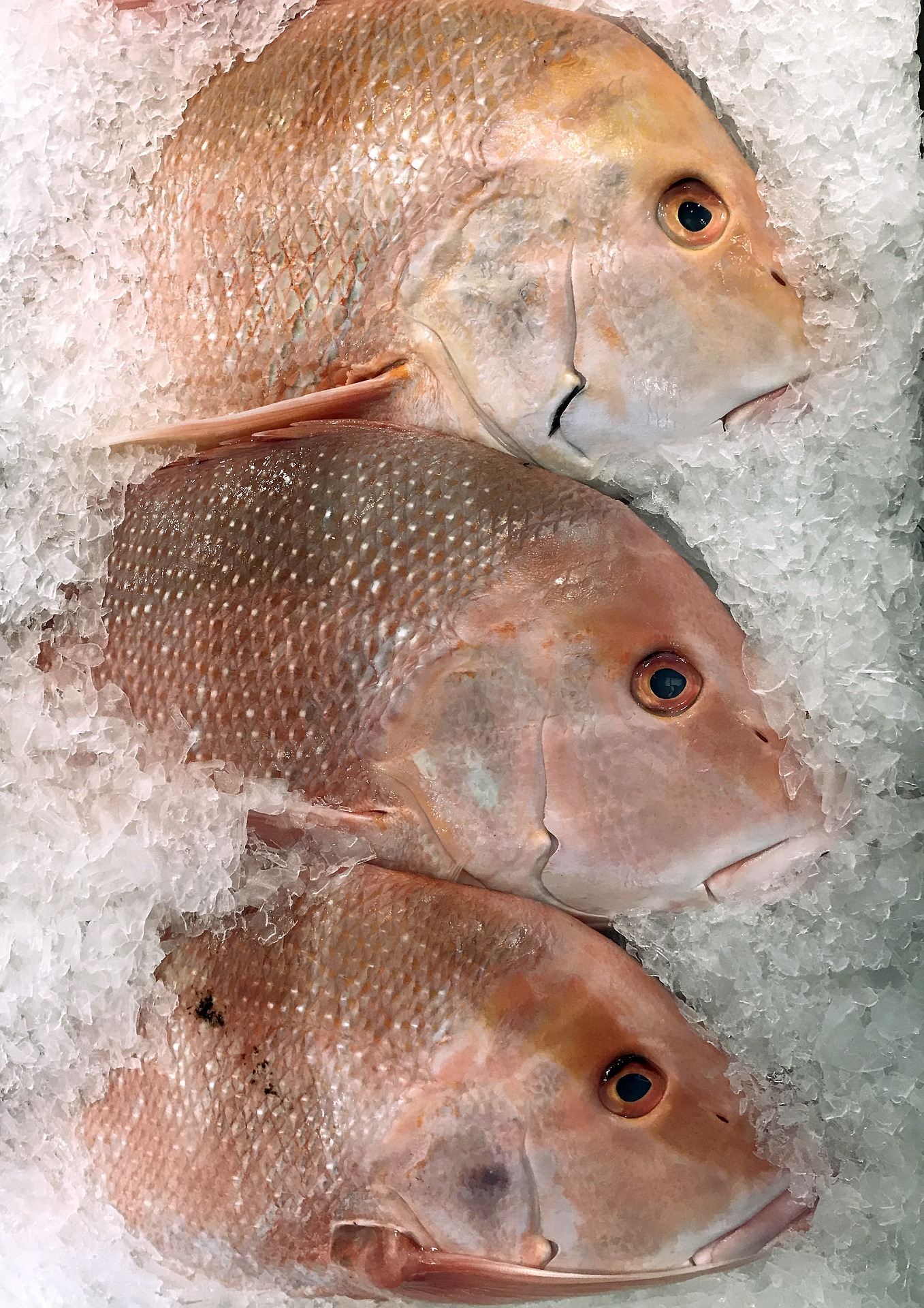
These magnificent fish are not only challenging to catch but are also delicious to eat. This article will discuss the ins and outs of catching Red Emperor fish, including the best places to find them, the optimal fishing gear and techniques to use, and tips for handling and cooking these prized catches. Whether you're a seasoned angler or a beginner looking to try something new, you'll find everything you need to know to increase your chances of landing one of these elusive fish, particularly in the Great Barrier reef area and the wild islands.
The Great Barrier Reef: A Prime Location for Red Emperor
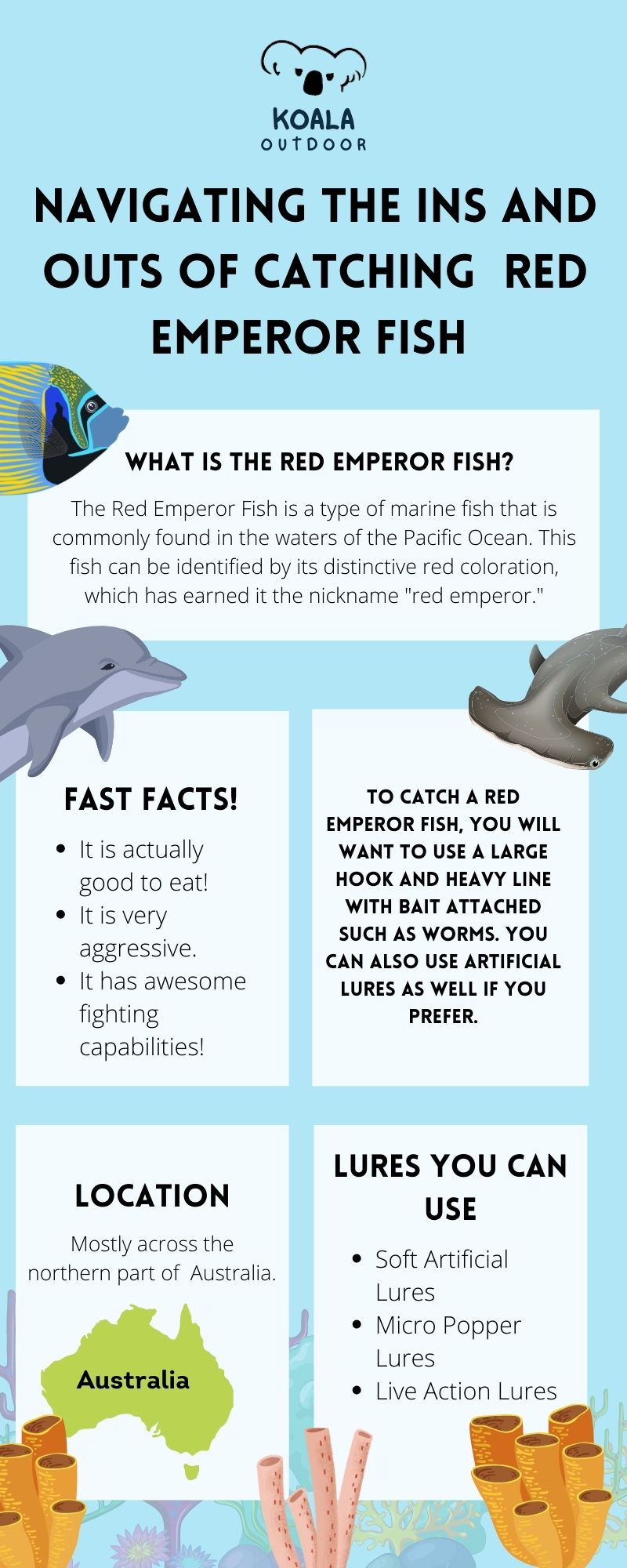
The Great Barrier Reef is one of the most iconic fishing destinations in the world and is a prime location for targeting Red Emperor. Not only is the Great Barrier Reef home to a large population of Red Emperor, but it also boasts a wide variety of other tropical species, making it a hot spot for anglers of all levels. In addition to the more commonly caught Red Emperor, the Great Barrier Reef is also home to the rarer and highly prized red throat emperor.
One of the best places to find the Red Emperor in the Great Barrier Reef is on the offshore reefs, where they tend to congregate in large numbers. The waters around Fraser Island, particularly, are known to be a hotspot for these fish. However, anglers should also keep an eye out for Red Emperor in shallow water, as they can also be found in these areas.
The Great Barrier Reef is not just limited to Queensland. Still, it also stretches down the coast of Northern Australia, and the Red Emperor can be caught on the Western side as well, especially on the western coast of Australia. Anglers looking to catch Red Emperor in the Great Barrier Reef should be prepared for a challenging and rewarding experience.
With the right gear, techniques, and a bit of luck, it is possible to land a trophy-sized Red Emperor. Whether you're a local angler or a tourist visiting Australia, this reef offers a truly unique fishing experience that should not be missed.
Techniques for Catching Red Emperor
When it comes to catching Red Emperor, the right techniques can make all the difference. These fish are known to be elusive and can be found in various environments, from sea reefs to mangrove-lined creeks. One of the keys to success when targeting the Red Emperor is understanding their feeding habits and presenting the bait or lure in a way that mimics the natural prey of these big reds.
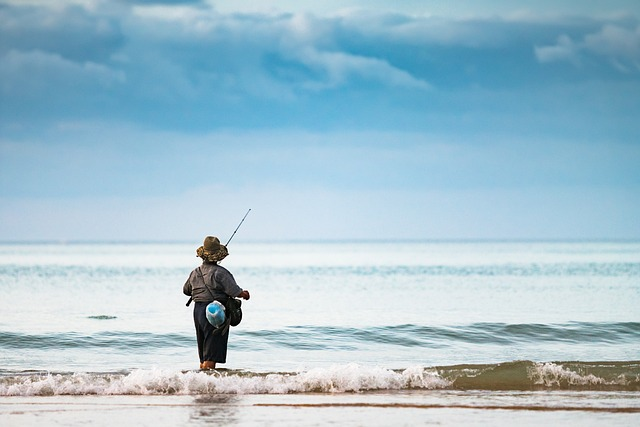
One technique that can be effective is trolling, which involves dragging a lure or bait behind a moving boat. This method allows anglers to cover a lot of water and can be especially effective in deeper waters or around coral reefs. Additionally, jigging, using a specific type of fishing gear with a weighted lure or bait that is rapidly lifted and dropped, can be very effective when targeting Red Emperor. These fish are known to be aggressive and often strike at a jig that is being worked quickly through the water.
For baits, anglers can use small fish such as herring or mullet, as well as large baits like squid or whole fish. When fishing in shallow waters, big baits can be especially effective at attracting the attention of big reds. Live bait can also be used if available. For the lures, reef fish patterns or soft plastics with a realistic look and feel can work well.
An important tip when fishing for the Red Emperor is using appropriate hooks, such as circle or gang hooks. These hooks are designed to be more gentle on the fish and will help ensure a higher survival rate for any Red Emperor that is caught and released.
In summary, catching Red Emperor requires combining the right techniques, gear, and knowledge. Understanding the feeding habits of these elusive reef fish and adapting your fishing techniques to mimic the natural prey can be the key to success.
Handling and Cooking Red Emperor
Handling and cooking the fish properly is essential to any fishing trip. When it comes to handling and cooking, one of the most important things to remember is that these fish, like other species like Mangrove Jack and red throat emperor, are delicate and need to be handled with care. It's important to keep the fish in good condition while being caught, as this will greatly impact their flavour and texture when cooked.
When it comes to cleaning, it's best to gut and scale the fish as soon as possible after catching it. Removing the head and tail and filleting the fish are common ways to prepare the fish for cooking. However, some people like to leave the head and tail on to add more flavour to the fish.
When it comes to cooking fish, many different methods can be used. Grilling, frying, and baking are all popular methods. It's important to remember that these fish, like other smaller fish, can also be cooked whole. Baits like squid and other types of fish can be used to enhance the flavour of the fish.
Proper handling and cooking of these fish are essential to ensure that they are in the best condition possible and that they taste great when they are finally fished. Whether you're an experienced chef or a beginner, many different methods can be used to prepare these fish for the table.
Similar Tropical Species
When targeting tropical fish, it's important to be aware of the other types of fish that may be found in the same waters. For instance, north of Australia is home to various fish species that are often caught using the same techniques and gear as Red Emperor.
One similar species that fishing enthusiasts may encounter while fishing in the same waters is Coral trout. This fish is known for its bright colours and delicious taste and is a popular target for anglers who are fishing with frozen and fresh bait. Another species that can be caught in the same waters is the snapper. This fish is also known for its great taste and is often caught using the same methods as big reds. Identifying these similar tropical species will enable fishers to adjust their approach and fine-tune their fishing line to target the specific species they are after.
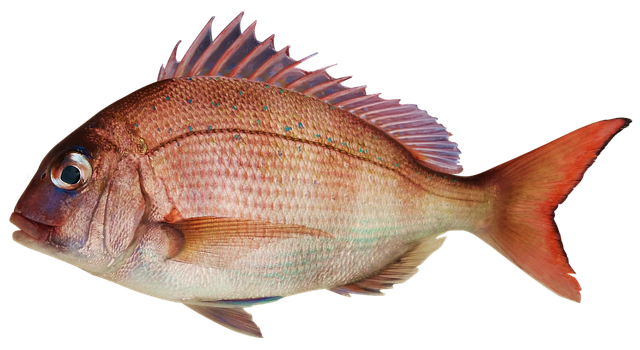
Coral Trout
Coral Trout is a tropical species that can be found in the waters along the north coast of Australia. Similar to other species, such as the spangled emperor, this fish can be caught using the same techniques and gear. Coral trout can be found in various environments, from coral reefs to mangrove-lined creeks. They are known to dwell in shallow waters as well as deep waters, and they are commonly found in the upper water column.
Catching this fish involves understanding the fish’s feeding habits and using baits or lures that imitate their natural prey. They feed aggressively and strike at a lure that is worked quickly through the water. It's important to note that when fishing for coral trout, they are often found in areas with sharks, so fishers should take appropriate safety measures. Additionally, coral trout can grow to a substantial weight, so it's important to have the right gear to land these big fish.
Snapper
Snapper is another tropical species that can be found in the waters along the north coast of Australia. They are known for their great taste and are often caught using the same methods as Red Emperor. Snappers often tend to be near the ocean's bottom and drop-offs.
Snapper is opportunistic feeders, feeding on a variety of different foods including fish, squid, and crabs. They can be caught using live baits such as crabs, worms, and small fish, or lures that mimic their natural prey's appearance. Snappers are sensitive to temperature and water chemistry changes, so they often tend to be more active during the early morning or late afternoon when the sun is not as intense.
They are more likely to be found in the deeper waters during the hottest parts of the day. In some areas, they are also found in shallow ground around mangrove estuaries.
Conclusion
In conclusion, catching fish can be a challenging but rewarding experience. Understanding these species' specific habits, habitats, and techniques can help increase your chances of success. From trolling and jigging to using the right bait and tackle, many different strategies can be used to catch these delicious fish.
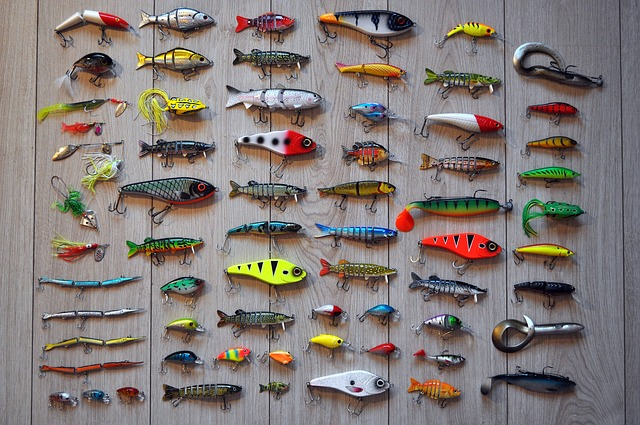
If you're looking to improve your fishing game, be sure to check out the Koala Outdoor website for a wide range of fishing gear, including lures specifically designed for tropical species. These lures are specially crafted to mimic the natural prey of these fish, increasing your chances of a successful catch.
Remember that when fishing, safety should always be your top priority. Follow all local regulations and guidelines, and take necessary precautions while fishing in any location. Thanks for reading, and happy fishing!






